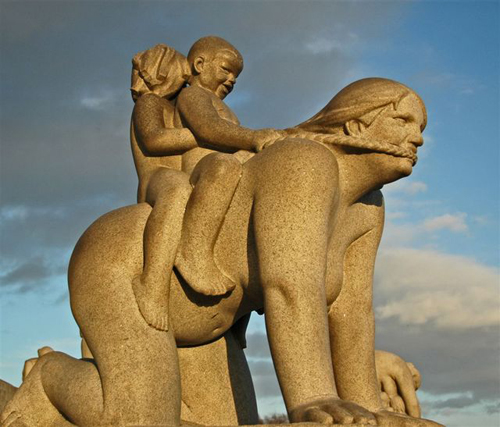
Why have I never been to Norway, I wonder as I view the breathtaking images of this amazing country on Google search. I email my close friend, Norwegian expert and talented architect, Maddy Vigeland, and ask her to share with me a Norwegian view for my new education post.
“A few things come to mind,” Maddy emails back. “In addition to skiing, the fjords — miles and miles of dramatic landscape, salmon/lox, something called lutefisk. Dann, folk songs, the bravery of Leif Ericson, the adventures of Thor Heyerdahl and his Kon-Tiki, the sadness of Edvard Munch paintings, the bold and brutal sculptures of Gustav Vigeland, the outrageous integration of landscape with culture in Oslo’s new ballet and opera house by Snohetta architects. Auch, Liv Ullman, Sonje Henie, and perhaps the most distinguishing characteristic of all — the general agreement by all Norwegians on the way to live — focused on the quality of life.”
Thank you Maddy Vigeland. I’m hooked, but before I will commit to admitting I’m booked, allow me to share an educational view of Norway from my newer Norwegian friend, DR. Kirsten Sivesind, distinguished professor in the University of Oslo Faculty of Education.
Welche Bildungssystem wird ein Land ermöglichen, die Menschen Fähigkeiten benötigt, um im globalen Wettbewerb?
The latest findings from large scale assessment and knowledge reviews support conclusions that comprehensive education is most successful. In comprehensive education, erwerben die Studierenden Kenntnisse und Erfahrungen innerhalb demographisch unterschiedlichen Lernmilieus und stehen vor einer Vielzahl von Erwartungen, die sowohl den Anbau sind und Qualifikation. Schulen, in denen Schüler nach ihren Fähigkeiten und Eignungen gruppiert, nicht so effektiv.
Was halten Sie von standardisierten Tests?
Standardisierte Tests informiert politische Entscheidungsträger und Praktiker über einige der Ergebnisse von Bildung. Jedoch, Diese Tests werden im Rahmen der Messung der Qualität von Lehre und Lernen in Schulen beschränkt. Einige Bewertungssysteme, wie PISA, Maßnahme Kompetenzen großer Bevölkerungs, zwischen 4,500 und 10,000 15-16 jährigen Schüler in den einzelnen Ländern. Diese Tests könnten Debatten anzuregen, was die geistigen Fähigkeiten von Studenten rund um den Globus, aber nicht so gut in die Messung der Inhalte und Lehrmethoden.
Wenn Verallgemeinerung ist möglich, welche Elemente aus den aktuellen Systemen fehlen, wie kritisches Denken und anderen Dimensionen des menschlichen Interesse und Intelligenz?
Die OECD-Studien konzentrieren sich auf die menschlichen Kompetenzen, die in einer Wissensgesellschaft benötigt werden. This might lead to an orientation to productive learning and performance. Jedoch, individual capacity as well as communication is also dependent on receptive skills, which develop through understanding, interpretation and reflection. These skills are not easily measured, but still are essential to become an educated citizen.
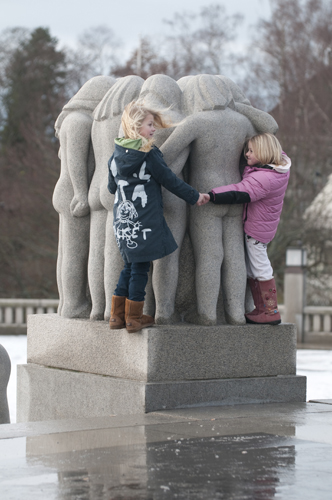
Was kann getan werden, um besser auf das emotionale Wohlbefinden und geistige Potential des Einzelnen, die erscheinen, unter dem derzeitigen System zu leiden?
The overall charge of school leaders is to promote school systems which are based on core values like human dignity and respect. This means to stress responsibility rather than accountability and form assessment systems according to overall aims of schooling. It is important that the school system stands on “two legs”: on a well designed curriculum and assessment for learning. For the moment, policy makers have been most concerned about one leg, to create expectations about performance through assessment and accountability systems. They forget that a well-working system depends on good structures, framed by systemic reform and the curriculum.
In Norway, there is a tradition to formulate national curriculum guidelines which are broad based, yet provide a framework for what schooling is about. The guidelines are focused on central aims and subject matter which presuppose thoughtful teaching to be accomplished well. Dieser Ansatz ist beratenden Charakter und garantiert, dass Lehrbüchern und Vorschriften, ob sie wissenschaftlichen oder politisch sein, an deliberativen Verfahren in Schulen angepasst. Schwerpunkt auf Beratung wird sowohl emotionale Wohlbefinden und das intellektuelle Potential der individuellen Adresse.
Aus einer größeren Perspektive, keine Definition pädagogische Spitzenleistungen Ihres Landes zu berücksichtigen, die Lebensqualität des Einzelnen und der Gesellschaft, einschließlich seiner künstlerischen und kulturellen Leistungen?
Das bekannteste Beispiel für diesen Ansatz ist die finnische Bildungssystem. In Finnland, eine neue nationale Lehrplan wird in einigen Jahren umgesetzt werden, Vorrang für ästhetische Themen. Der Lehrplan ist umfang, yet students in Finland perform very well in large scale assessment, such as PISA, so a comprehensive curriculum might stimulate good results/outcomes. The General Curriculum in Norway describes a comprehensive curriculum as well and the integrated human being as one that is both cultivated and qualified. Here the tradition is to guarantee not only good results on national tests, but also a school system where students enjoy themselves and experience a good learning environment. I think joy and hard work must go hand in hand.
World Wisdom from Norway
Standardized tests do not measure the quality of teaching or the quality of learning in schools. There is too much emphasis in our education systems on assessment and accountability instead of on curriculum and responsibility. Give teachers more leeway to adapt guidelines to needs of students. The definition of educational excellence in Norway: a comprehensive curriculum, much like in Finland, where the student becomes both cultivated and qualified. Joy and hard work must go hand in hand.
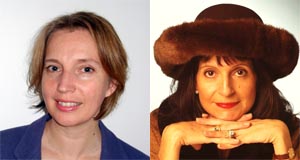
Photos courtesy of Norwegian Embassy.
In Die globale Suche nach Bildung, beitreten C. M. Rubin und weltweit renommierten Vordenkern wie Sir Michael Barber (Vereinigtes Königreich), DR. Leon Botstein (US), DR. Linda Hammond-Liebling (US), DR. Madhav Chavan (Indien), Professor Michael Fullan (Kanada), Professor Howard Gardner (US), Professor Yvonne Hellman (Niederlande), Professor Kristin Helstad (Norwegen), Professor Rose Hipkins (Neuseeland), Professor Cornelia Hoogland (Kanada), Frau. Chantal Kaufmann (Belgien), Professor Dominique Lafontaine (Belgien), Professor Hugh Lauder (Vereinigtes Königreich), Professor Ben Levin (Kanada), Professor Barry McGaw (Australien), Professor R. Natarajan (Indien), Sridhar Rajagopalan (Indien), Sir Ken Robinson (Vereinigtes Königreich), Professor Pasi Sahlberg (Finnland), Andreas Schleicher (PISA, OECD), DR. David Shaffer (US), DR. Kirsten Sivesind (Norwegen), Kanzler Stephen Spahn (US), Yves Theze (Lycee Francais US), Professor Charles Ungerleider (Kanada), Professor Tony Wagner (US), Professor Dylan Wiliam (Vereinigtes Königreich), Professor Theo Wubbels (Niederlande), Professor Michael Young (Vereinigtes Königreich), und Professor Zhang Minxuan (China) wie sie das große Bild Bildung Fragen, die alle Nationen heute konfrontiert erkunden. Die Global Search for Education Community-Seite
C. M. Rubin ist der Autor von zwei weit Lese Online-Serie für den sie eine 2011 Upton Sinclair Auszeichnung, “Die globale Suche nach Bildung” und “Wie werden wir gelesen?” Sie ist auch der Autor von drei Bestseller-Bücher, Inklusive The Real Alice im Wunderland.
Folgen Sie C. M. Rubin auf Twitter: www.twitter.com/@cmrubinworld


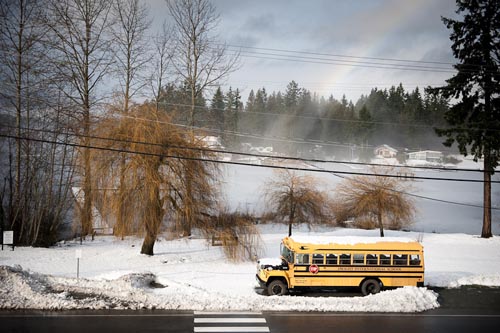

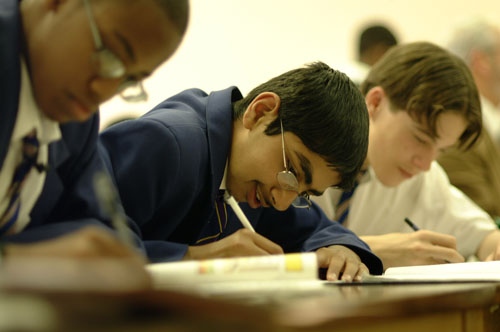
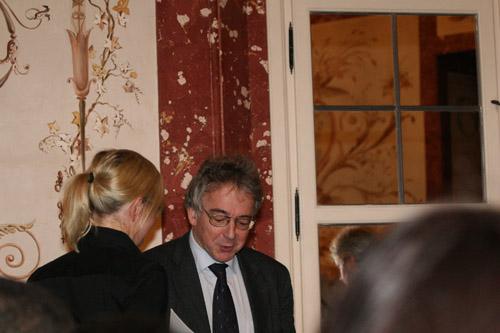
Jüngste Kommentare